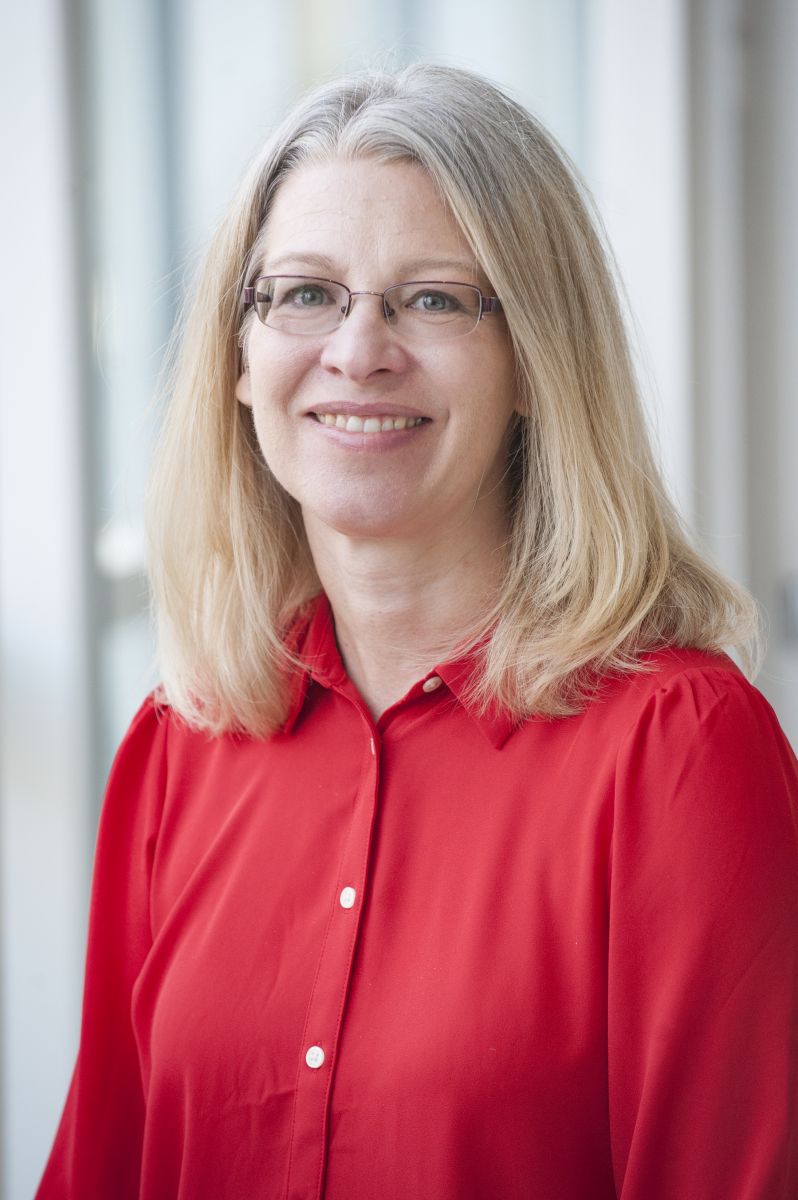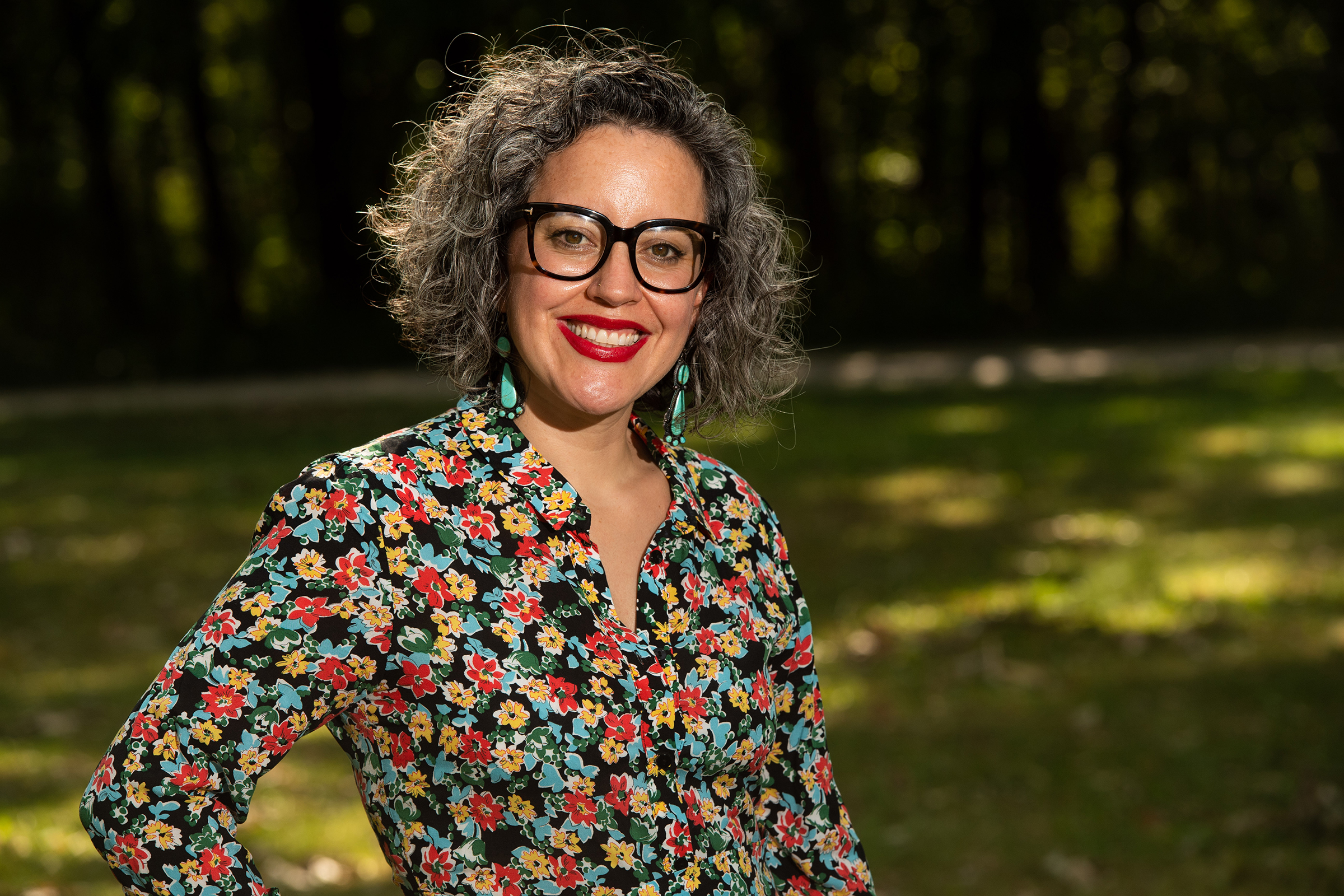 With the majority of University of Iowa classes switching to a virtual format, instructors in the College of Liberal Arts and Sciences have been discovering and employing new ways to engage students.
With the majority of University of Iowa classes switching to a virtual format, instructors in the College of Liberal Arts and Sciences have been discovering and employing new ways to engage students.
Professors have a lot of leeway in how they teach a class, with freedom to bring in new ideas and methods. Many in CLAS have been teaching at least partly online for some time, recording lectures to be watched on YouTube or ICON, for instance, or using video meetings for discussions. But in many cases, the abrupt shift to a virtual format required brainstorming and creativity.
Below are just a few examples of how professors in CLAS are adapting to serve students in the midst of the coronavirus pandemic.
See related article:
School of Journalism and Mass Communication adjusts to online teaching and learning
Classical Mythology
Teaching on Zoom differs greatly from what Lecturer Debra Trusty is used to—that is, a lecture hall packed with up to 400 students for her Classical Mythology class (CLSA:2016). But Trusty said the online version of the popular course is having a big impact on her students' learning.
Trusty was already using Top Hat, an online platform that encourages engagement with the material through "active learning," or the idea that students learn best when they are asking questions, discussing concepts, and exploring independently, rather than just passively taking in information. Now that the class is no longer in a physical classroom, she started posting pre-recorded lectures on the platform, and found that it helped her better connect with her students.
 "I don’t get distracted by dogs barking and neighbors mowing their lawn and all the home stuff that’s going to infiltrate and potentially ruin the experience,” Trusty said. “By playing the video, I can focus more on my students during our time together, which is really nice.”
"I don’t get distracted by dogs barking and neighbors mowing their lawn and all the home stuff that’s going to infiltrate and potentially ruin the experience,” Trusty said. “By playing the video, I can focus more on my students during our time together, which is really nice.”
Principles of Chemistry 1 (CHEM:1110)
Even before the pandemic began, Renée Cole, professor and director of undergraduate studies in the Department of Chemistry, had worked with faculty to incorporate more active-learning strategies into Principles of Chemistry, including the use of student response systems to facilitate class discussions.

An expert and innovator in STEM education, Cole had been looking at ways to implement a learning-assistant program into the course. Learning assistants are peers who facilitate discussions among groups of students in a classroom to encourage active engagement and support student success. The idea has proved prescient since the course moved completely online.
The learning assistants focus on how to duplicate the activity and interactions that occur in a physical classroom and engage students with the material. The assistants guide groups of about 20 students through pre-recorded lectures, pausing the video at appropriate times to facilitate productive conversations about the course material. As they discuss the material with students, they learn what points of confusion may exist, and relate that back to the course instructor.
“Students get more of a voice without feeling quite as uncomfortable about speaking up,” Cole said. “That was the history and intent with thinking about learning assistants.”
Dusty Persinger, a coordinator in the UI's Academic Support and Retention office, has helped Chemistry implement the program. She said it's important to understand what students could be experiencing, inside or outside of the classroom, that’s affecting their learning, and how the course’s learning space could best support them.

“The learning-assistant sessions do kind of create that sense of community,” Lecturer Adam Brummett said. “I think students maybe do feel a little more comfortable there. The learning assistants feel free to ask questions and ask the students where they’re confused and, therefore, we can take that information and use it to help build better support, build better resources for students, currently and moving forward.”
Writing Center
Housed in the Department of Rhetoric—but serving all UI students—the Writing Center has programs aimed at tutoring students or providing them with feedback on their written assignments. The center changes a little bit every semester anyway, noted Director Carol Severino, so it was relatively easy to move it online.
Prior to the pandemic, the Writing Center already used WCONLINE, a program common among writing centers across the country that allows students to sign up for tutors. Tutors now also use it to meet virtually with students, who can upload their papers to talk about and mark up during virtual sessions.

logged in and ready to help
Severino is pleasantly surprised by some tutors’ reports that students can focus and engage better online than they did in the Writing Center, which was always very crowded. Though the center saw a drop in participation when classes initially moved online in the spring, Severino said tutoring slots and classes have been full this whole semester.
“These are very difficult times for undergraduates and graduate students, and we see our mission as talking about and addressing issues that are beyond writing,” she said. “So, we support the student, if the student is, say, having trouble engaging in Zoom classes or having family issues or illness issues affecting their academic work.”
Introduction to Gender, Women's, and Sexuality Studies (GWSS 1001)
Against the backdrop of a blue wall and books lined up on a shelf, Assistant Professor Lina-Marie Murillo teaches her Introduction to Gender, Women's, and Sexuality Studies course to nearly 150 students over Zoom. When the semester started, Murillo said, she wanted to find a way to teach the class in a way that’s flexible for students, but also keeps them engaged.
Murillo’s course meets twice a week, for a synchronous class on Mondays and an asynchronous one on Wednesdays, which can be anything from a pre-recorded lecture to an interview with a colleague.
When she’s live with a class, Murillo said she asks students to unmute themselves or type in the chat to answer questions. Hearing from students in this way is an example of something she can do more easily on Zoom than she could in a big lecture hall, Murillo said.

Even when she’s pre-recording a lecture, she’ll talk to students as if they are there with her to keep up the energy, Murillo added.
“I think honestly one of the things that keeps them excited about class is that I’m excited about class,” said Murillo, who also has an appointment in the Department of History. “I like my class, I like to teach, I like the things that I’m teaching—it’s my path, it’s what I do, and I love it.”
Department of Anthropology
Though students, staff, and faculty in the Department of Anthropology and beyond may be unable to view artifacts in person right now because of the pandemic, State Archaeologist and Adjunct Associate Professor John Doershuk said the UI will soon have high-end 3D scanners to share scans of these artifacts.
The 3D scanners, part of a project driven by Professor Matthew Hill, are being funded by student technology fees. Hill notes that the artifacts they deal with are very fragile, making excessive handling risky.
"It’s important to scan objects like these to avoid wear-and-tear and for increased accessibility," Doershuk said. “When you’re dealing with the real object, one person at a time literally can handle it. But if you’re dealing with a 3D scan, particularly an accurate one, which supports the ability to take measurements and to rotate it, look at it and see all the fine detail, a whole classroom can be individually manipulating those objects simultaneously, or even multiple classrooms.”
 "We can also scan objects for virtual programming with residents of senior-living communities who are isolated because of the coronavirus, researchers who can’t come to Iowa, or just the general public to view on a website," said Elizabeth Reetz, director of strategic initiatives in the Office of the State Archeologist.
"We can also scan objects for virtual programming with residents of senior-living communities who are isolated because of the coronavirus, researchers who can’t come to Iowa, or just the general public to view on a website," said Elizabeth Reetz, director of strategic initiatives in the Office of the State Archeologist.
Doershuk added that the scans will be available for students to access individually because of personal interest or in connection to a class project. Once the digital library is up, he said, his office will be sure to make anthropology faculty aware of it as a resource.
“We’re always welcoming to students who want to use our facilities or collections, our archival resources, for whatever their school projects involve,” Doershuk said.
—By Katie Ann McCarver